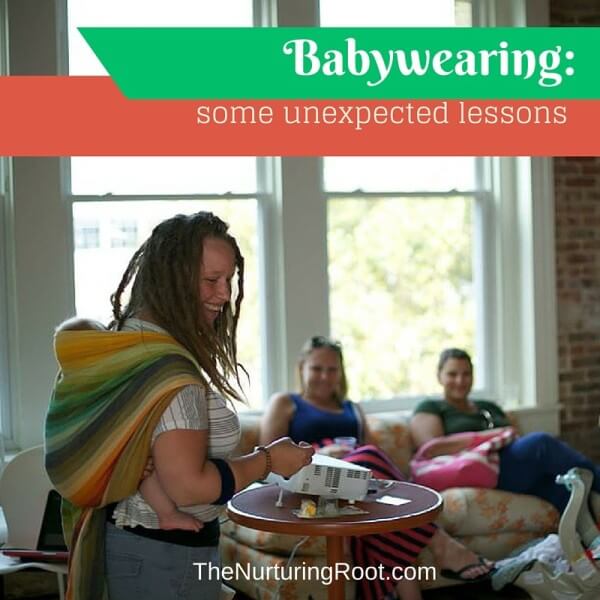Written by Katy Linda, IBCLC
Breastfeeding while back to work. It’s one of those things so many parents worry about. How do you manage it all?
You figure out what works best for you. Just like nearly every other facet of parenting, there is no one size fits all approach to returning to work and managing milk supply.
When you are confident that breastfeeding is going well, you can start pumping and adding a bottle feeding every few days to your feeding times. You don’t need to give your baby a bottle every day, just every few days to keep your baby familiar with the bottle. When you’re ready, here are some resources for choosing a good bottle for your baby.
The other thing you will need is a good breast pump. A double electric pump should be covered by your insurance company under the Affordable Care Act. Having extra membranes, valves, and tubing is generally recommended just in case your parts wear out. Changing the small rubber pieces is recommended every 90 days.
Having flanges that fit well will help you pump without discomfort as well as maximize your pump output. Your pump manufacturer should have options on sizes and there are other options, such as Freemies or Pumpin Pal Flanges to give you a variety of options to find the right fit. In a proper fitting flange, the breast should fit tight against the funnel part of the flange, and the tunnel should allow for the nipple and a little bit of areola to enter. You should not have rubbing on the side, and there shouldn’t be a large amount of space for nipple to swell.
You’ll want to start pumping around the same time you start introducing a bottle. Pumping after you feed your baby means you won’t get a whole bottle’s worth of milk, but it also means you are not taking the easy-to-get milk from a breast your baby is ready to feed from. If you can pump 2 or 3 times, you should have a bottle worth of milk. This can be collected over 2 – 3 days if needed.
Many moms feel most comfortable with a freezer stash of milk. You don’t need to have hundreds of ounces taking up the entire freezer. Having a day or two worth of milk to be a back-up plan, just in case something happens is plenty.
When you return to work you will want to pump around the times your baby would typically eat. This may or may not work with your work schedule, so do your best. Ideally pumping every 2 – 3 hours will help maintain supply and get you the milk your baby will need while you were away.
Typical intake for a baby is 1 – 1.5 ounces per hour, so you will want to try to keep this in mind as your overall output. There are many techniques that can be useful to help maximize output, depending upon your situation. For some moms, having a photo of their baby or something that smells like their baby can help with output. For others, distraction from the task at hand is much more effective. Music, reading, or working on emails are all options for some women. Employing hands on pumping techniques, where you use your hands to provide massage and help move milk can also be useful in maximizing your pumping efforts.
In order to make the process faster, as long as you don’t have any nipple damage, cracks, cuts, etc, you can store your pump parts in the refrigerator and just clean them daily. Washing parts can be time consuming, this can make the process faster so that you are missing less working time. Parts can be washed with soap and water, or even with sterilizing steam bags in the microwave.
Breastmilk is good for 7 days in the fridge, 6 months in the freezer compartment of the fridge, and 12 months in a chest freezer. There are many methods to store breastmilk. Typically feeding your baby the freshest milk possible is recommended. You can feed them the milk you have pumped the previous day, and a few times a week take a bag of milk to put in the freezer and take the oldest bag out of the freezer to feed your baby. This keeps your freezer stash as fresh as possible, while giving your baby mostly fresh milk.
Balancing the hurdles of leaving work to pump with the desire to provide the very best for your baby can be challenging. Know that it doesn’t have to be all or nothing. Every drop of breastmilk you provide for your baby matters and makes a difference.
Katy Linda, is an IBCLC and owner of The BF Den. She serves Central Maryland and lives in Baltimore with her husband and 4 children.





